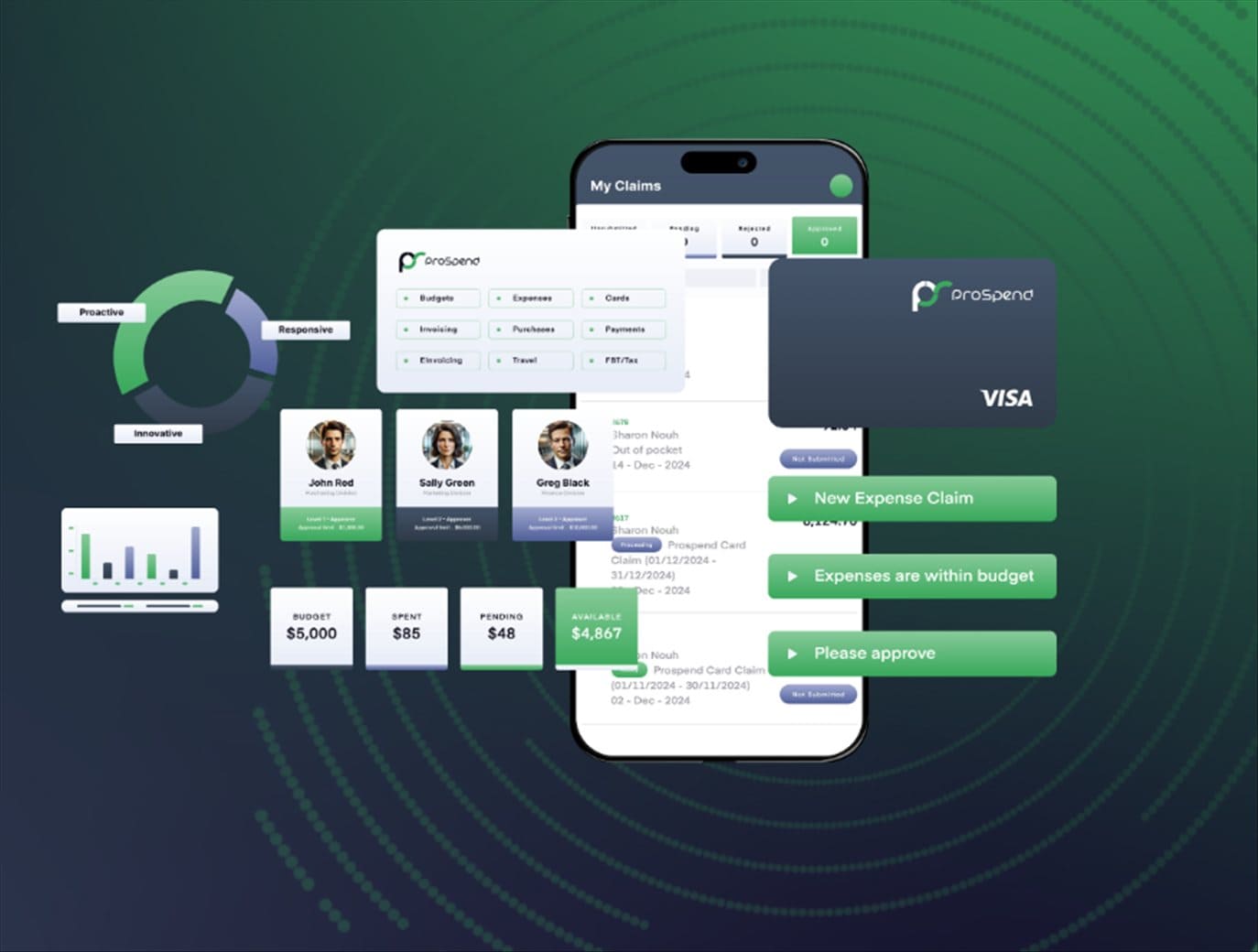
Note: This is a guest post written by Nestor Hoffman – In the bustling world of online commerce, Conversion Rate Optimization (CRO) stands as a linchpin for businesses striving to maximize their digital presence and revenue generation. Ecommerce CRO techniques, backed by data-driven strategies and user-centric approaches, play a pivotal role in enhancing website performance, increasing sales, and fostering long-term customer relationships.
This comprehensive guide explores the intricacies of Ecommerce CRO, delving into techniques, best practices, and the transformative impact it holds for online businesses.
Understanding Ecommerce Conversion Rate Optimization
Conversion Rate Optimization in the ecommerce landscape revolves around fine-tuning elements across a website to prompt visitors to take desired actions—whether it’s making a purchase, signing up for newsletters, or engaging with content. The primary objective is to enhance the conversion rate by optimizing user experience, removing barriers to conversion, and nudging visitors towards the intended goals.
Elements of Ecommerce CRO
1. User Experience Enhancement: Streamlining navigation, improving website design, and ensuring mobile responsiveness are fundamental aspects of enhancing user experience.
2. A/B Testing and Experimentation: Conducting controlled experiments to compare two or more versions of a webpage or element to determine the most effective variant.
3. Data-Driven Decision Making: Leveraging analytics tools to derive insights into user behavior, engagement patterns, and identifying areas for improvement.
4. Optimized Checkout Process: Simplifying the checkout process, reducing friction points, and offering multiple payment options to streamline the path to purchase.
Ecommerce CRO Techniques and Best Practices
1. Comprehensive Data Analysis
Understanding user behavior through in-depth data analysis forms the foundation of effective CRO strategies. Analyzing metrics such as bounce rates, click-through rates, and conversion funnels helps identify pain points and opportunities for optimization.
2. User-Centric Website Design
Creating intuitive and visually appealing designs that prioritize user experience is crucial. This includes clear calls-to-action (CTAs), easy navigation, and prominently displayed product information.
3. A/B Testing and Multivariate Testing
Conducting A/B tests on different elements—such as CTAs, product descriptions, images, or layout variations—allows businesses to identify which version performs best. Multivariate testing simultaneously tests multiple elements to determine the most effective combination.
4. Conversion Funnel Optimization
Optimizing each stage of the conversion funnel—awareness, interest, consideration, and action—ensures a smooth transition for users from exploration to purchase.
5. Personalization and Targeted Marketing
Utilizing customer data to personalize offers, product recommendations, and marketing messages increases relevance and engagement, ultimately driving conversions.
6. Enhancing Trust and Social Proof
Displaying customer reviews, trust badges, and secure payment icons instills confidence in visitors, encouraging them to proceed with their purchases.
Impact and Benefits of Ecommerce CRO
1. Increased Conversion Rates
Effective implementation of CRO techniques leads to a higher percentage of website visitors completing desired actions, resulting in increased conversion rates.
2. Enhanced Customer Experience
Optimizing user experience and addressing pain points creates a seamless journey for customers, fostering satisfaction and loyalty.
3. Improved ROI and Revenue Generation
By maximizing the value derived from existing website traffic, Ecommerce CRO techniques directly impact revenue generation and Return on Investment (ROI).
4. Long-term Sustainable Growth
CRO is an ongoing process that continually refines and improves website performance, contributing to sustained growth over time.
Challenges and Future Trends in Ecommerce CRO
1. Complexity of User Behavior
Understanding and predicting user behavior in an ever-evolving digital landscape pose challenges. Advanced AI and machine learning algorithms aim to tackle this complexity by providing more accurate insights.
2. Privacy and Data Security Concerns
Maintaining a balance between personalization and respecting user privacy is crucial. Adhering to data protection regulations while leveraging customer data for optimization remains a challenge.
3. Emergence of Advanced Technologies
The integration of emerging technologies such as AI-driven personalization, chatbots, and immersive experiences (AR/VR) into CRO strategies presents new opportunities for enhanced user engagement.
Conclusion
Ecommerce Conversion Rate Optimization serves as a fundamental strategy for businesses seeking to thrive in the competitive online marketplace. By employing data-driven approaches, continuous experimentation, and user-centric design, businesses can unlock the full potential of their online presence, driving higher conversion rates and sustained growth.
As the digital landscape evolves, the evolution of Ecommerce CRO techniques will continue to shape the future of online commerce, offering innovative solutions to meet the ever-changing demands and preferences of consumers, take a look at this guide for more great CRO insights.






